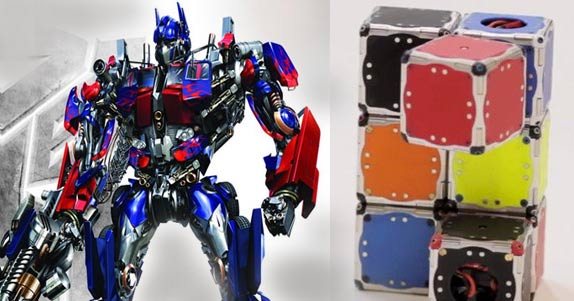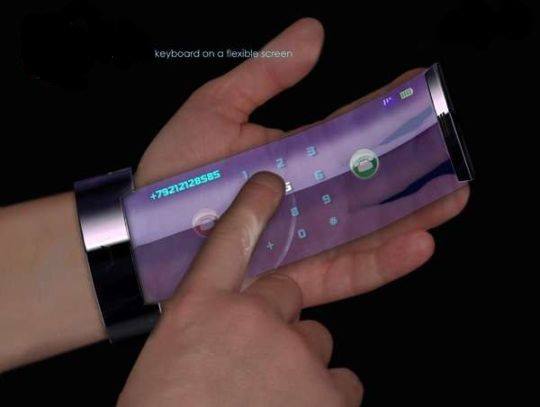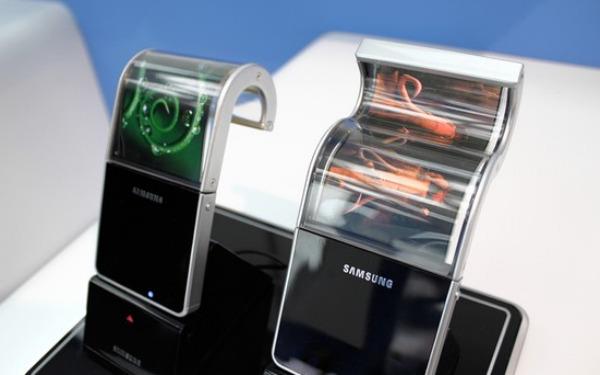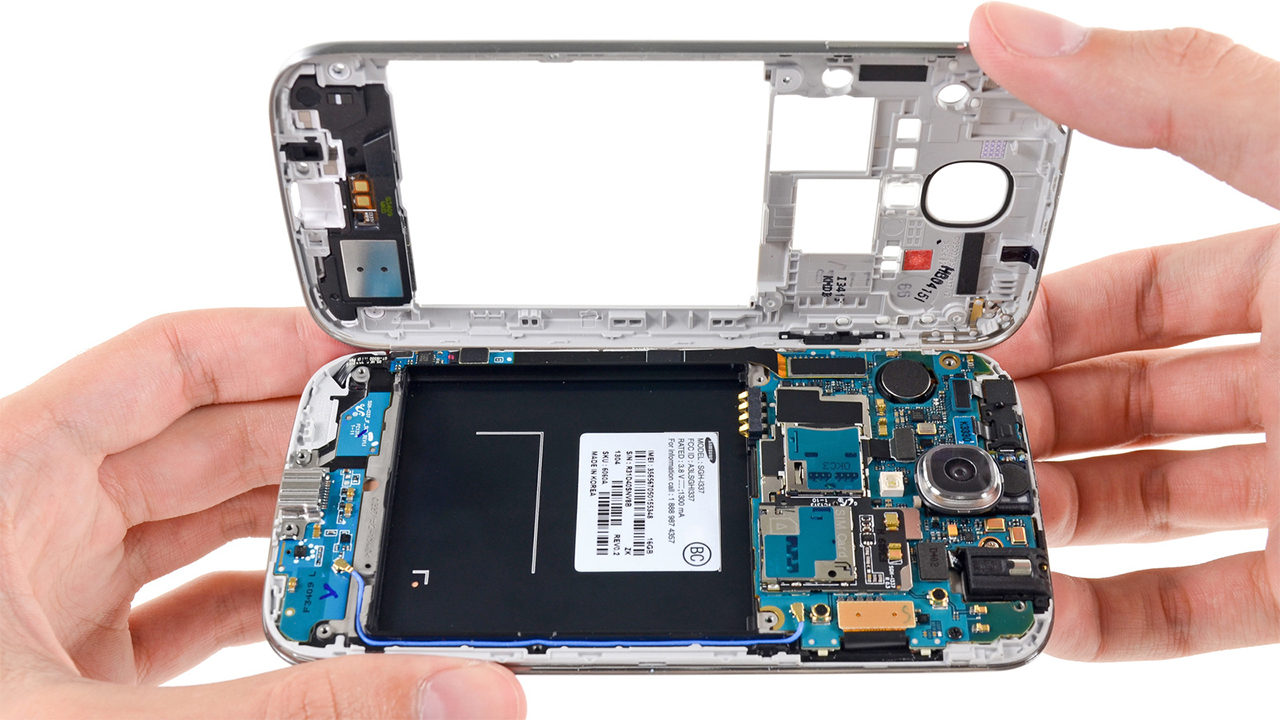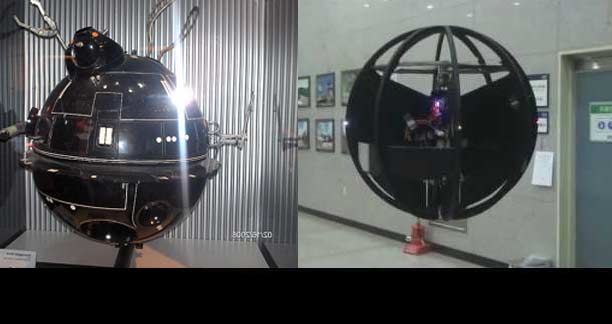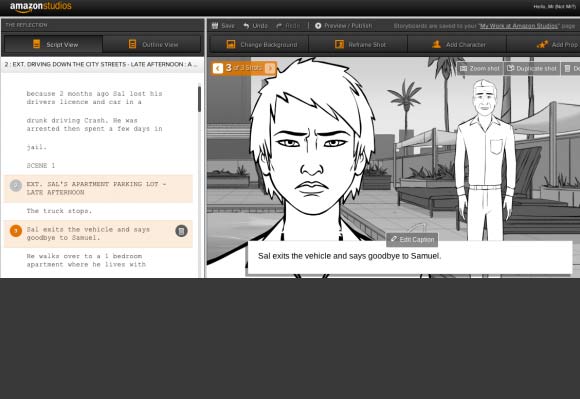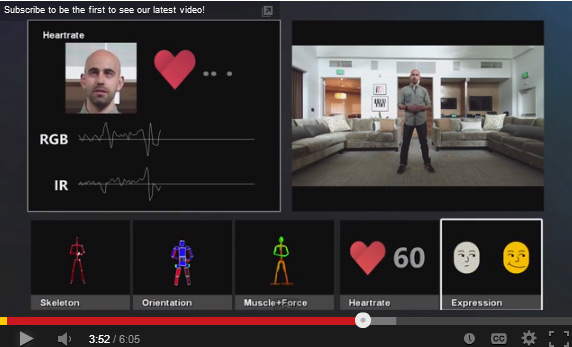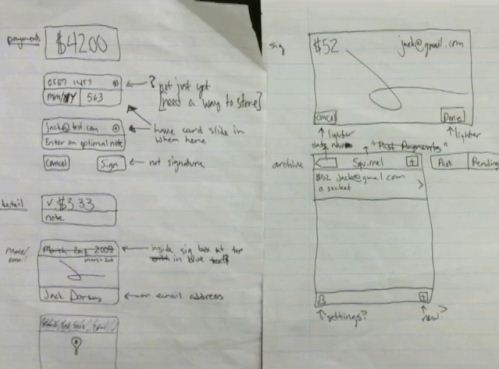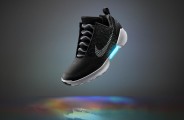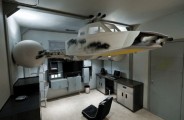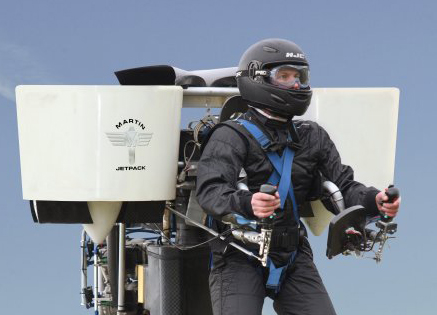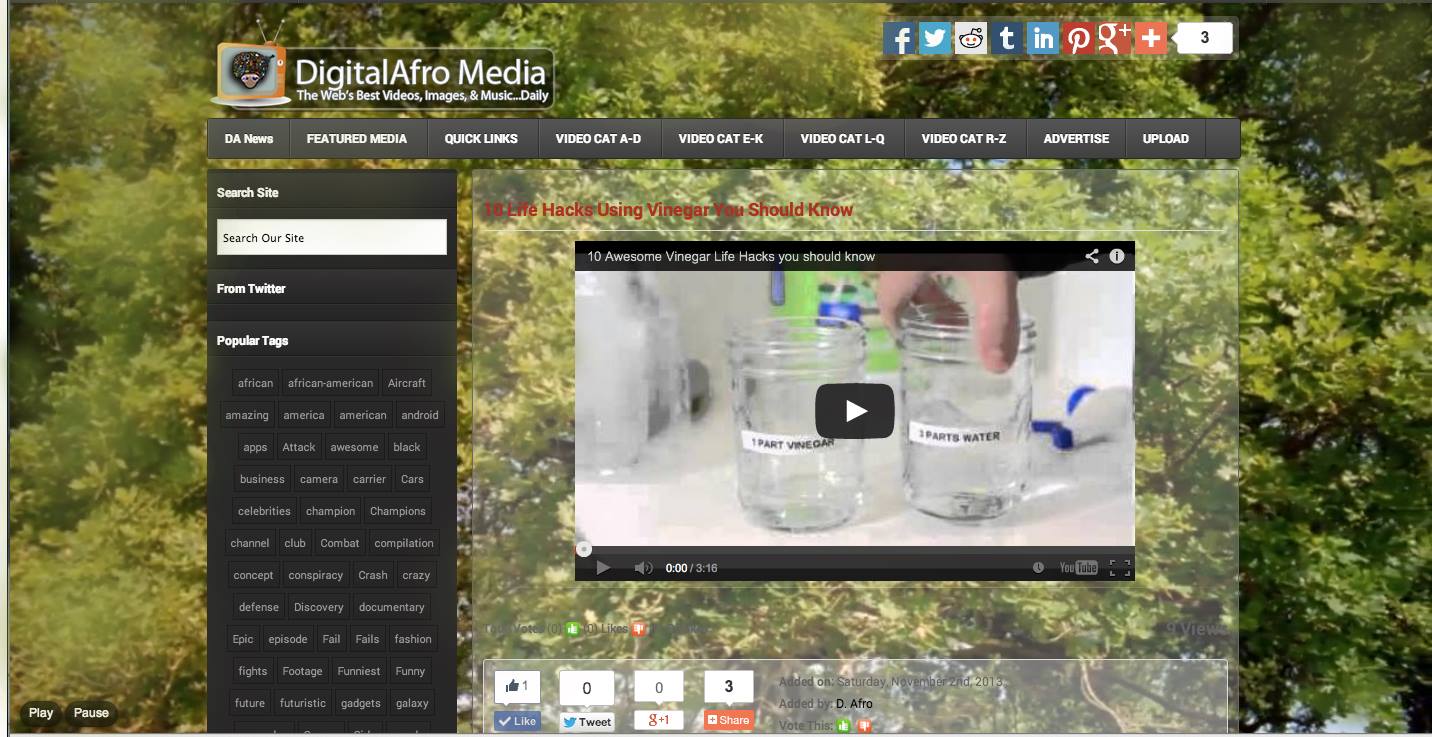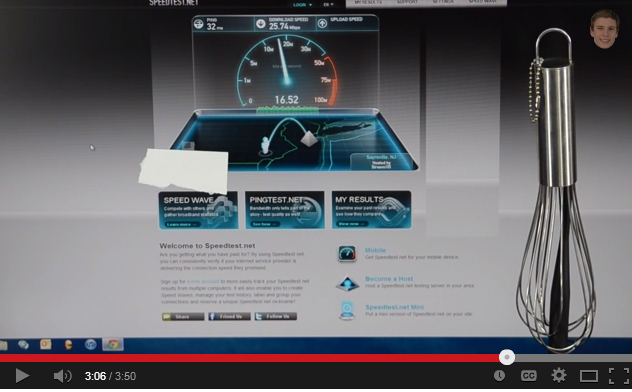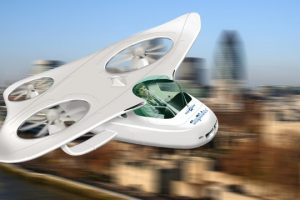Hack Week Continues: Essential Winter Survival Kit
How to Make a Winter Survival Kit
As tens of thousands of Atlanta motorists are stuck on frozen highways in frigid conditions, most of them do not have any survival gear whatsoever. Everyone should carry a Survival Kit in their car. In an emergency, it could save your life and the lives of your passengers. Here is what you need:
Always keep these items in your car whether you live in moderate climates or not, the survival premise is the same.
- minimum of 48 bottles of water
- windshield scraper or old broom
- flashlight with extra batteries
- battery powered radio
- snack food including energy bars
- raisins and mini candy bars
- matches and small candles
- small hand held shovel
- extra hats, socks and mittens
- First aid kit with pocket knife
- Necessary medications
- blankets or sleeping bag
- tow chain or rope
- road salt, sand, or cat litter for traction
- jumper cables
- emergency flares and reflectors
- fluorescent distress flag and whistle to attract attention
- Cell phone adapter to plug into lighter
Kit tips:
- Reverse batteries in flashlight to avoid accidental switching and burnout.
- Store necessary items in the passenger compartment in case the trunk is jammed or frozen shut.
- Choose small packages of food that you can eat hot or cold.
Survival tips:
- Prepare your vehicle: Make sure you keep your gas tank at least half full.
- Be easy to find: Tell someone where you are going and the route you will take.
- If stuck: Tie a florescent flag (from your kit) on your antenna or hang it out the window. At night, keep your dome light on. Rescue crews can see a small glow at a distance. To reduce battery drain, use emergency flashers only if you hear approaching vehicles. If you’re with someone else, make sure at least one person is awake and keeping watch for help at all times.
- Stay in your vehicle: Walking in a storm can be very dangerous. You might become lost or exhausted. Your vehicle is a good shelter.
- Avoid Overexertion: Shoveling snow or pushing your car takes a lot of effort in storm conditions. Don’t risk a heart attack or injury. That work can also make you hot and sweaty. Wet clothing loses insulation value, making you susceptible to hypothermia.
- Fresh Air: It’s better to be cold and awake than comfortably warm and sleepy. Snow can plug your vehicle’s exhaust system and cause deadly carbon monoxide gas to enter your car. Only run the engine for 10 minutes an hour and make sure the exhaust pipe is free of snow. Keeping a window open a crack while running the engine is also a good idea.
- Don’t expect to be comfortable: You want to survive until you’re found.
Posted In
Comments












